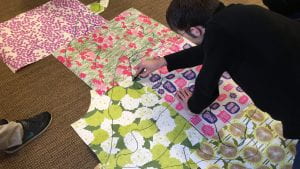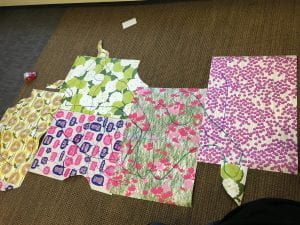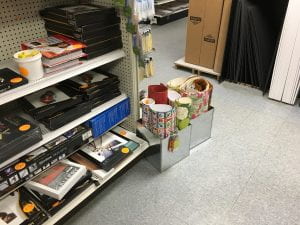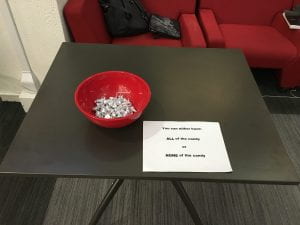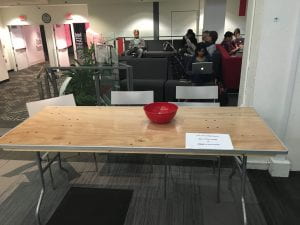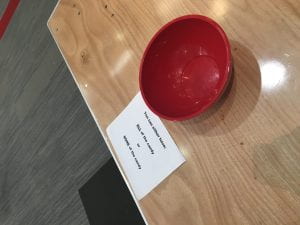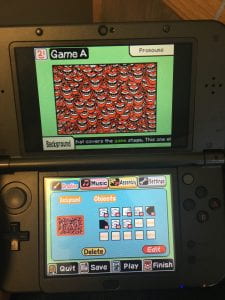
The project came from a simple premise: Microgames as Microaggressions. The point of a Microaggression is that, by itself, it appears benign. But then you face them in your life again and again. And when you finally have enough and shout back against the aggressor, onlookers believe that you’re merely overreacting over this small slight, and not the endless onslaught of injustice that they cannot or simply refuse to acknowledge.
Now, as a cisgender white male, I can’t say that I have personally experienced prejudiced aggression, micro or otherwise. The closest I’ve experienced was being told once that I don’t seem like “a gay kid.” Therefore, I researched the experiences of others that were posted online.
To simplify the actual making of the game, I appropriated an old piece of Nintendo software, WarioWare DIY, a DS game that allows players to make their own Microgames.
The primary problem working with DIY was how limited it was. For example, in “Don’t Touch My Antennae”, I wanted the player to be able to drag the alien across the stage in order to avoid the grabbing hands. However, I quickly discovered that DIY did not recognize that input. The only input the game allows you to work with a single tap, on either a particular object or the entire screen. I worked around this by placing 4 small objects on each corner of the screen, and had programed them so that, on being tapped, they would swap places on the screen with the alien. This created the illusion that the player was pressing these places to move, and as such escape the grabby hand.

Creating the music for each level was far easier than I anticipated; DIY’s music editor comes with a “Maestro,” which can generate a track for you by asking you the “feel” of the game, such as “frantic” and “sad”. I had the Maestro create the base music this way, and then I slightly altered them by changing the instruments used. Fittingly enough, I mostly used the UFO and Alien SFXs.
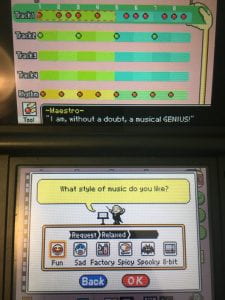
After I created my microgames, I used DIY’s sister game, the DIY Showcase for the Nintendo Wii. Unlike DIY, games cannot be made in the Showcase, but they can be played. I figured that having players play with a TV would be a better way to present the game, rather than have people play it on the DS. I imported the games I made on the DS into the Wii, placed them on their own shelf. When I was ready to present my project, I had Showcase randomly shuffle through my games.
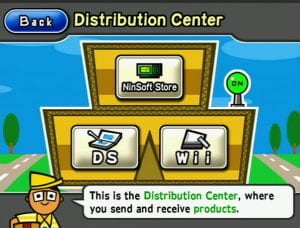
There were two primary inspirations for my project. The first was Liz Ryerson’s Dys4ia. The idea for abstracting the real life experiences into a series of small playable vignettes came from her gameplay. The second inspiration came from Tatyana Fazlalizadeh’s “Stop Telling Women To Smile” public art display from 2014. One of her posters, stating “Don’t Touch My Hair,” directly influenced one of my microgames. You know which one.
When I showed off my project in class, the first thing I noticed was how obtuse the “Don’t Touch” game was. It was not very clear for the player to touch the stars to move around. Not only that, but because of how little variety there was in the games, it wasn’t very enjoyable to play.
Overall, I’m not sure how much I liked my project. The two things I would work on is increasing the variety of the game. The other is making it a more collaborative project by directly asking maligned people about their experiences and making each game with them, instead of just interpreting what I read online.

